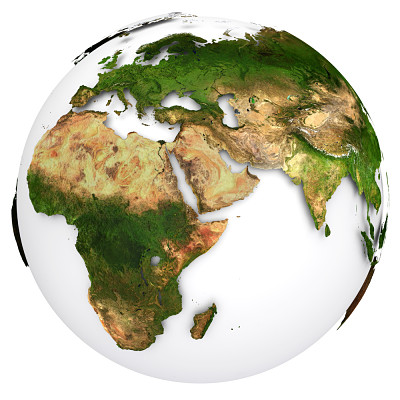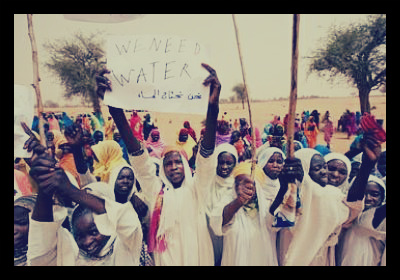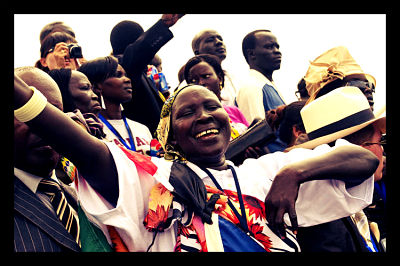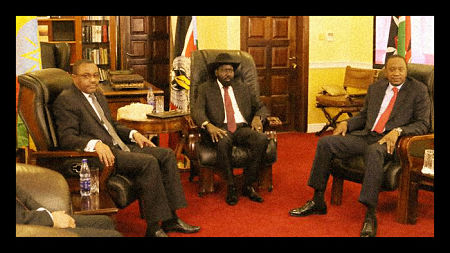
In 2011, South Sudan split from Sudan. Consequently, Vice President Riek Machar was accused by President Salva Kiir of planning a coup and fighting began. Residents were forced to leave their homes as the fighting between the two factions worsened.
As a result of the mass killings and violence coupled with the unstable leadership, the Fund For Peace named South Sudan the most fragile nation in the world (bumping Somalia down the list after it held the top position for six years.)
The U.N. is appealing for around $1 billion in emergency humanitarian aid for South Sudan and has expressed concern that the horrendous fighting will worsen the famine and leave little hope of progress for the young generation of children.
The U.N.’s report asserts that without the aid, 50,000 children could die from malnutrition, food insecurity will persist, cholera will not be contained and there will be no real determined effort to combat the human rights violations that pervade the daily lives of those living in South Sudan.
According to The Guardian, the deputy special representative of the U.N. secretary general in South Sudan, Toby Lanzer, reports that “with many communities unable to farm or tend properly to their cattle, the risk of famine looms large. In some particularly hard to reach areas of the country, people are already starving.”
He continues by saying that while the more immediate goals of the emergency aid would be used to repair damage caused by the famine, the money would also be used to prevent future damage and to save lives. Ideally, it would be used to strengthen the younger generation by ensuring children are vaccinated, by providing counseling to help children deal with the aftermath of the violence, and by keeping schools open so that children can continue receiving a formal education.
Organizations such as Oxfam and the Famine Early Warning Systems Network (Fewsnet) have expressed support for the concerns conveyed by the U.N. All three organizations are in agreement that as South Sudan reaches the six-month mark for all the devastation, communities need to take further action to remedy the terrible, persisting situation in South Sudan.
– Jordyn Horowitz
Sources: CNN World, UNICEF, The Fund for Peace, The Guardian









